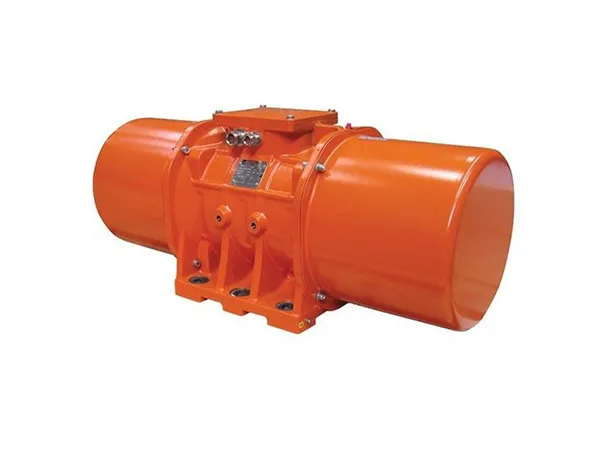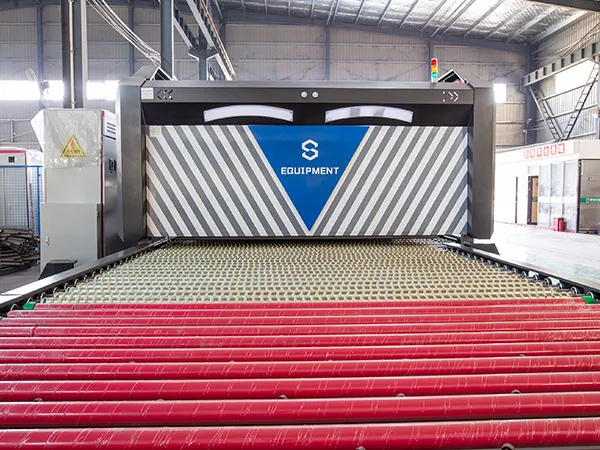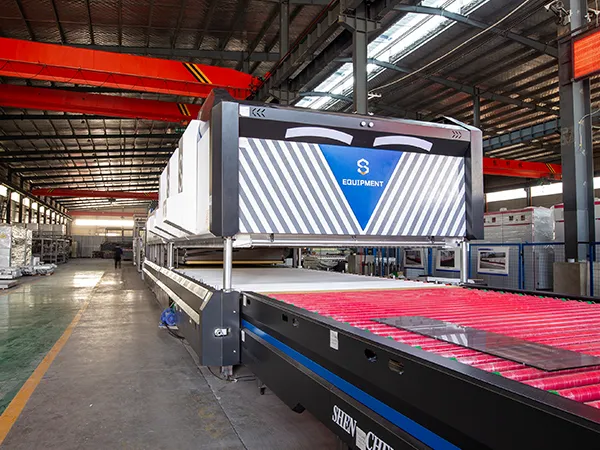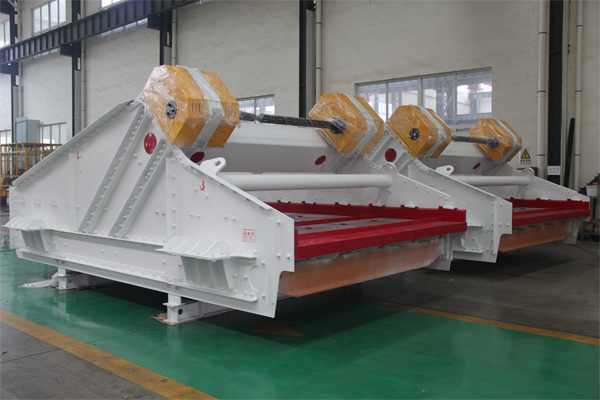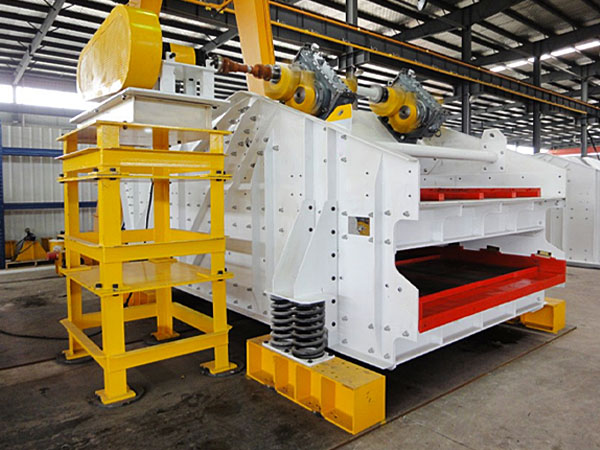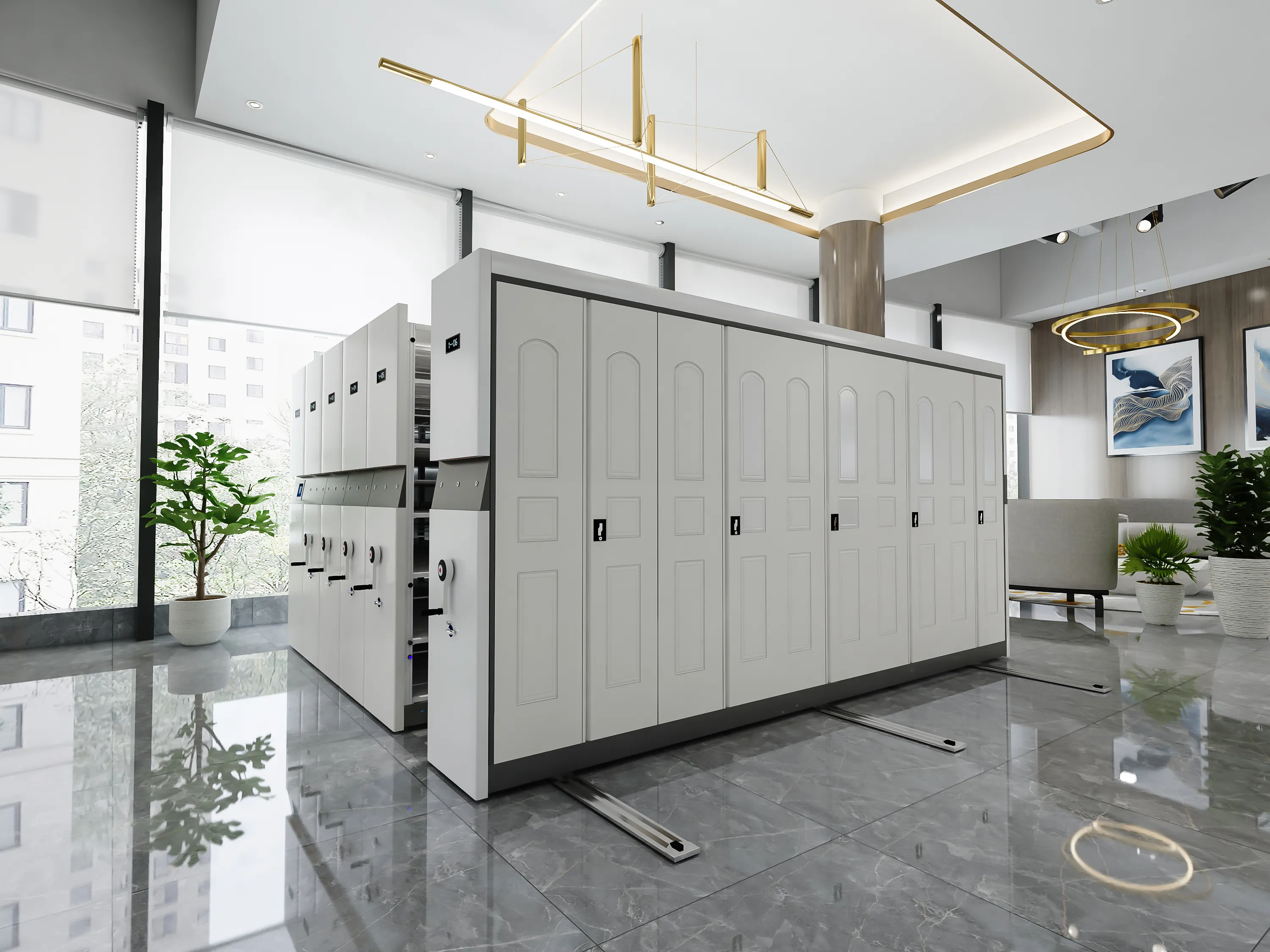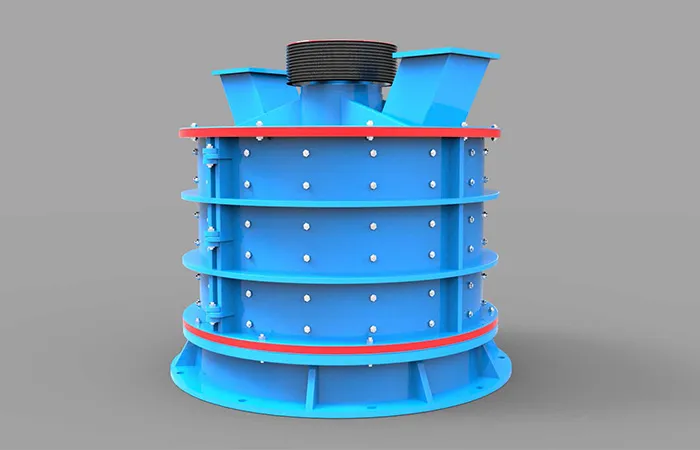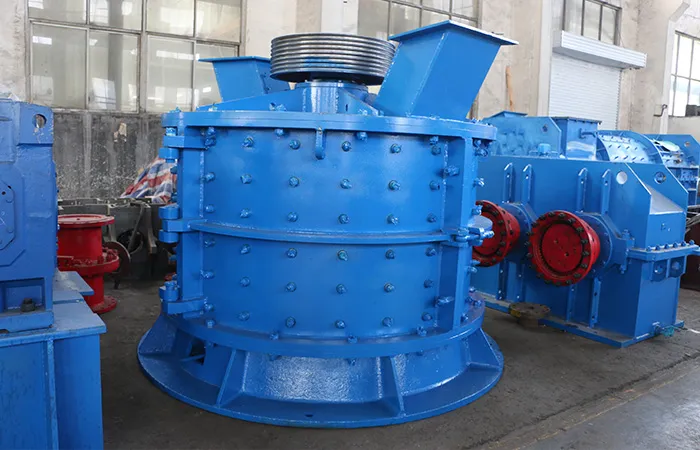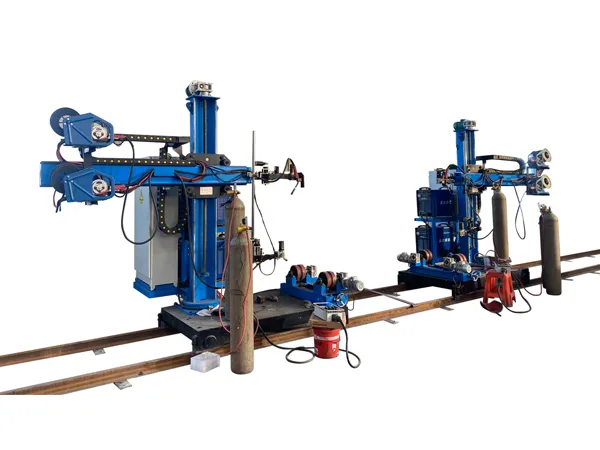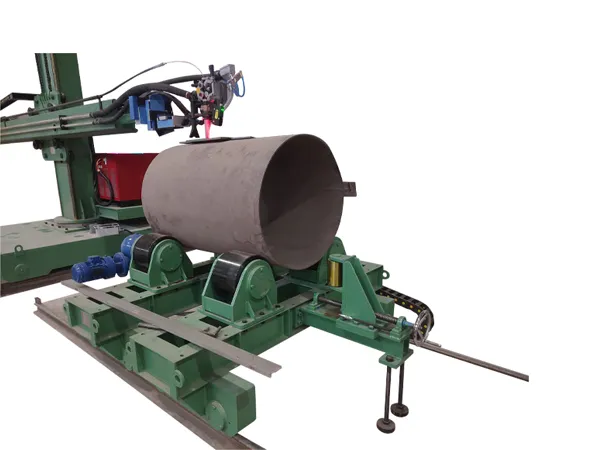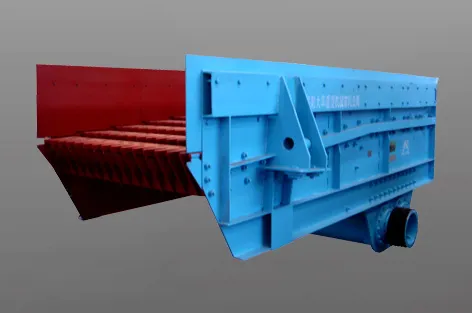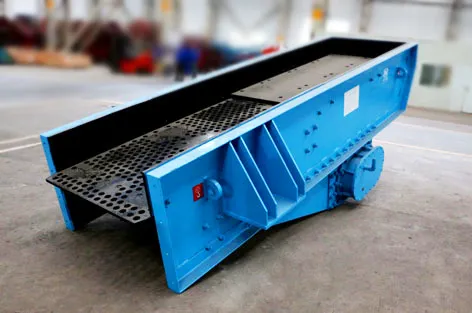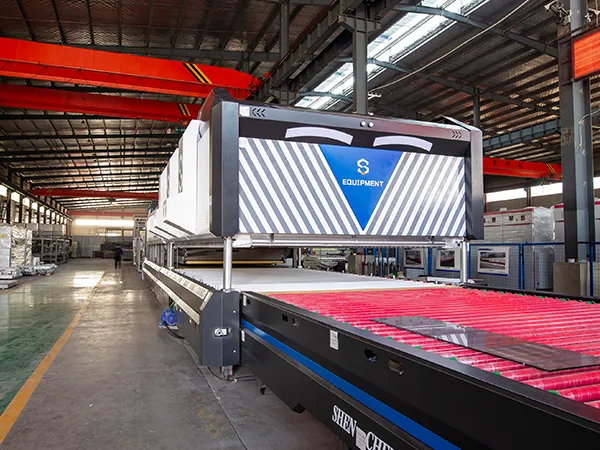Motores de vibración se puede instalar en varias configuraciones dependiendo de la aplicación y el resultado deseado.
Método de instalación del motor de vibración.
Instalación montada en la base
Montaje directo: El motor se monta directamente sobre la base del equipo mediante pernos.. Este es el método de instalación más sencillo..
Montaje resistente: El motor está montado sobre una base con almohadillas de goma o resortes para reducir las vibraciones transmitidas a la estructura del equipo..
Instalación montada en brida
Montaje de brida vertical: El motor se monta verticalmente mediante una brida.. Esto es común en aplicaciones como alimentadores y cribas donde se necesita vibración vertical..
Montaje de brida horizontal: El motor se monta horizontalmente mediante una brida.. Este método se utiliza cuando se requiere vibración horizontal..
Instalación lateral
Montaje del soporte: El motor se monta en el lateral del equipo mediante un soporte.. Este método es útil para espacios compactos y donde las vibraciones laterales son beneficiosas..
Instalación montada en eje
Montaje directo del eje: El motor está montado directamente en el eje del equipo., comúnmente utilizado en cribas o tambores cilíndricos.
Montaje impulsado por correa: El motor se monta por separado y se conecta mediante una correa al eje., proporcionando flexibilidad en la colocación del motor.
Instalación montada en la parte superior
Montaje aéreo: El motor está montado encima del equipo., lo cual es típico en aplicaciones que requieren vibraciones verticales hacia abajo, como tolvas y contenedores.
Ajuste de la dirección de la vibración
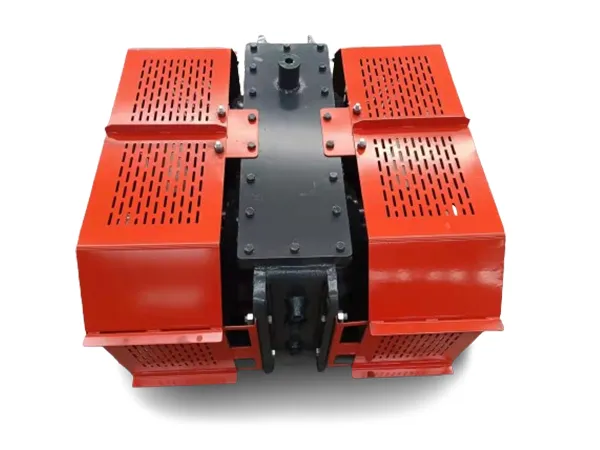
La dirección de la vibración producida por un motor de vibración se puede ajustar cambiando la orientación del propio motor o ajustando la posición de los pesos desequilibrados. (bloques excéntricos) unido al eje del motor. Así es como puedes hacerlo:
Cambiar la orientación del motor
Vertical a Horizontal: Montando el motor vertical u horizontalmente, Puedes cambiar la dirección de la vibración.. Por ejemplo, si el motor está montado verticalmente, La vibración será principalmente en dirección horizontal y viceversa..
Montaje en ángulo: Montar el motor en ángulo puede producir un efecto de vibración combinado., que es útil en ciertas aplicaciones como compactación de material o tamizado.
Ajuste de pesos excéntricos
Ajuste asimétrico: Estableciendo diferentes ángulos para los pesos superior e inferior, Puedes crear patrones de vibración elípticos o circulares..
…
Para obtener información más detallada sobre el método de instalación del motor de vibración, por favor haga clic aquí: https://www.zexciter.com/en/a/news/vibration-motor-installation-method.html

